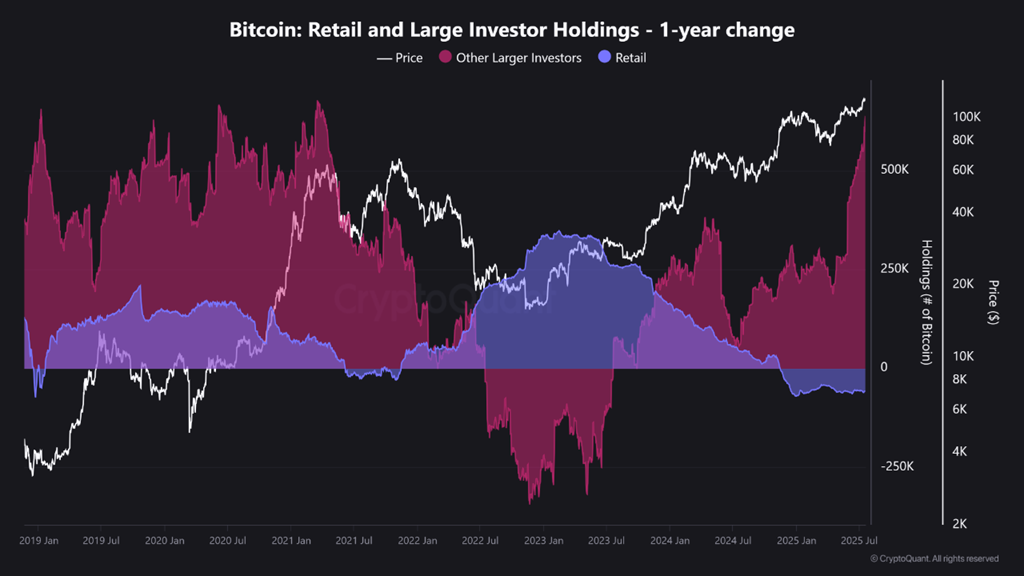-
Ki Young Ju, CEO of CryptoQuant, concedes that his Bitcoin cycle theory has failed as whale behavior transitions from retail selling to long-term accumulation.
-
Institutional accumulation now dominates the market, replacing retail hype and fostering a quieter, data-driven bull market distinct from previous euphoric cycles.
-
Forecasting market risk has become more complex, as a potential institutional panic could redefine the characteristics of future bear markets, according to COINOTAG analysis.
Ki Young Ju admits Bitcoin cycle theory failure amid shift to institutional accumulation, signaling a quieter bull market and new challenges for risk forecasting.
Why Has the Traditional Cycle Theory Collapsed?
Ki Young Ju’s earlier Bitcoin cycle theory was predicated on two main assumptions: buying when whales accumulate and selling when retail investors enter the market. This framework underpinned his previous market predictions, including his March call that the bull cycle had ended. However, as market dynamics evolved, Ju acknowledged that this model no longer applies. He openly apologized for any impact his outdated predictions may have had on investors, underscoring the significance of this paradigm shift.
The fundamental change lies in whale behavior. Historically, whales distributed Bitcoin to retail investors, fueling market cycles. Now, Ju observes that old whales are transferring holdings to new long-term whales, primarily institutional investors. This transition has led to an increase in holders surpassing traders, reflecting a maturing market structure. Institutional adoption has exceeded expectations, creating a market environment unprecedented in Bitcoin’s history and complicating direct comparisons with past cycles.
Institutional Accumulation Replaces Retail Frenzy
Supporting Ju’s observations, CryptoQuant analyst Burakkesmeci highlights on-chain data illustrating a clear departure from previous retail-driven cycles. Since early 2023, retail investors have been net sellers of Bitcoin, steadily reducing their holdings. Conversely, institutions, funds, and large wallets—including ETFs—have been actively accumulating BTC.

Burakkesmeci notes, “This cycle looks nothing like the madness of 2021. There is no mass euphoria, nor is social media overflowing. Quiet and smart money is currently on stage — and most people are still watching from the sidelines.” This sober accumulation phase contrasts sharply with the hype-driven rallies of the past.
Challenges in Forecasting Market Risk Amid Institutional Dominance
The shift toward institutional accumulation introduces new complexities in market risk assessment. Previous bear markets were often identified by panic selling among retail investors, serving as a clear signal for downturns. Now, the critical question is how a bear market might manifest if institutional investors, who typically exhibit different risk behaviors, begin to panic.
This evolving market dynamic presents a significant challenge for risk managers and analysts. The absence of traditional retail panic signals means that new indicators and models must be developed to anticipate potential downturns effectively. Understanding institutional behavior and its impact on market liquidity and sentiment will be crucial for navigating future cycles.
Conclusion
Ki Young Ju’s admission that his Bitcoin cycle theory no longer holds marks a pivotal moment in crypto market analysis. The transition from retail-driven hype to institutional accumulation signals a more mature, data-driven bull market that defies previous patterns. While this evolution reduces the noise and volatility associated with retail frenzy, it complicates forecasting and risk management. Investors and analysts must adapt to these new market realities, focusing on institutional behaviors to better anticipate future trends and potential bear markets.
